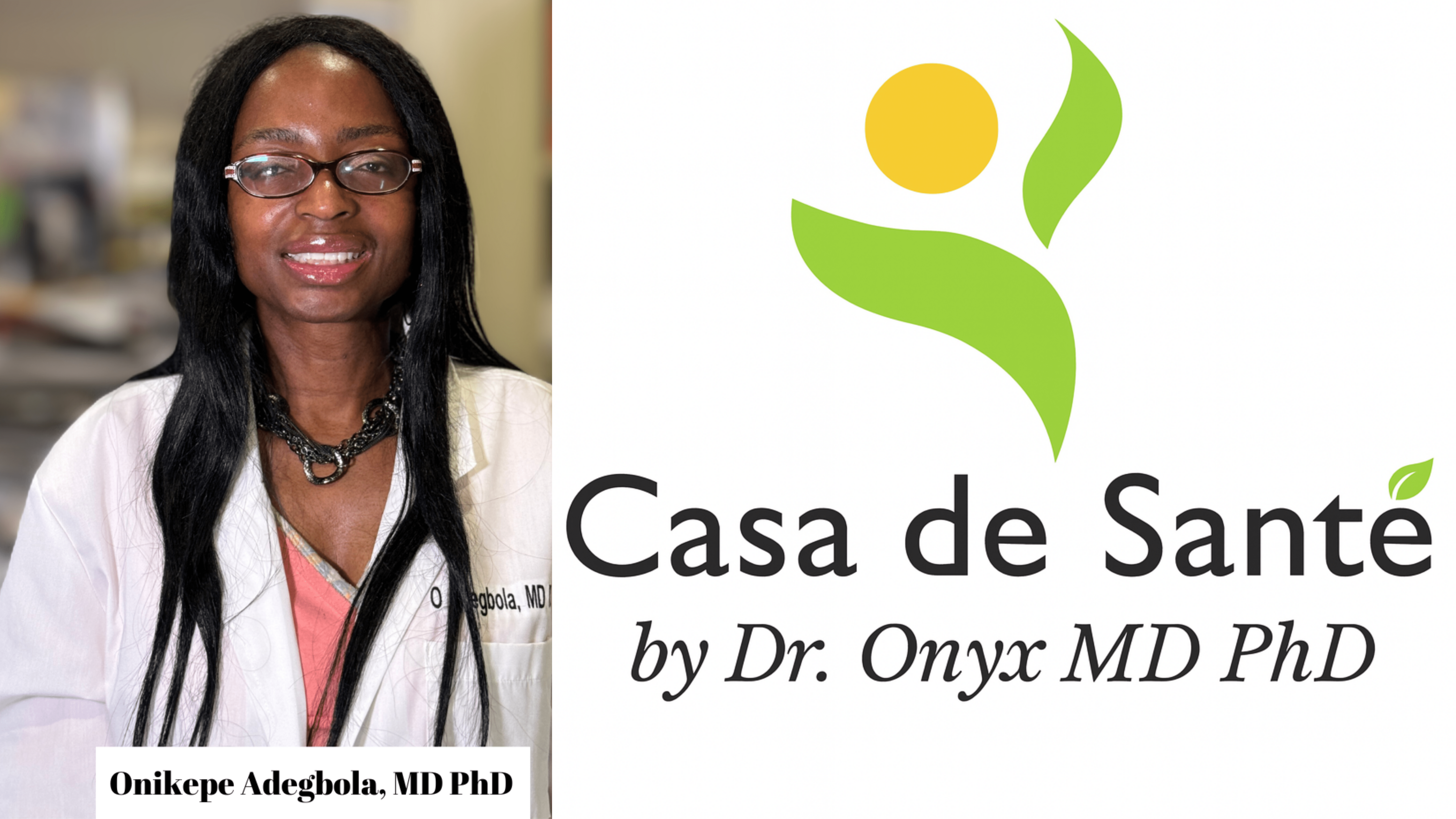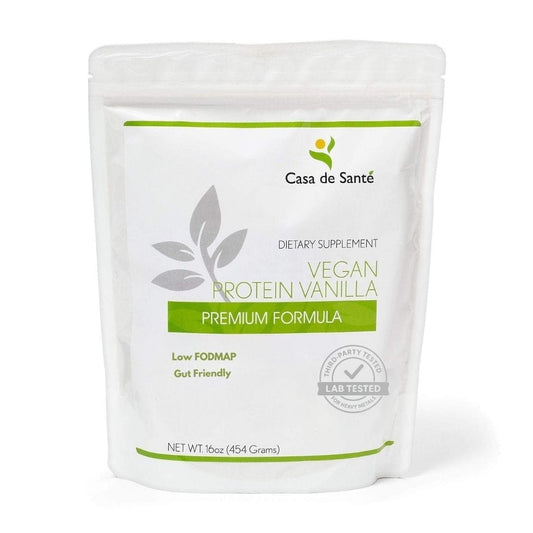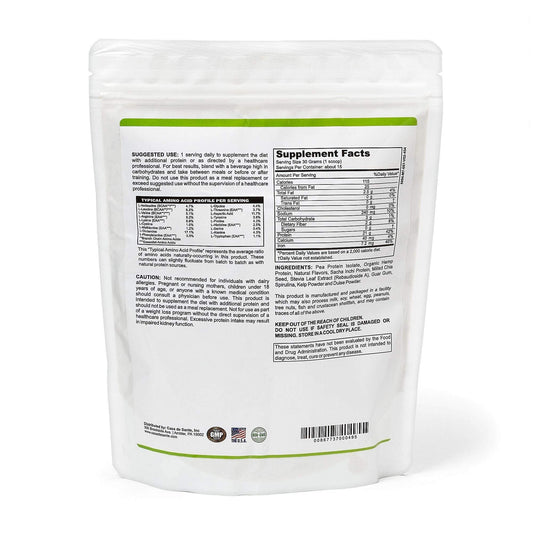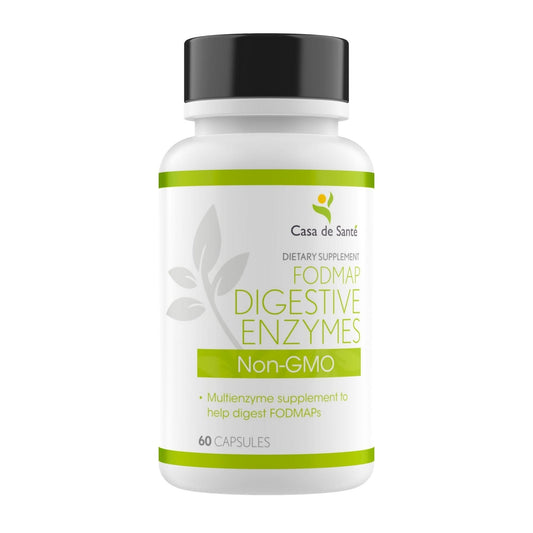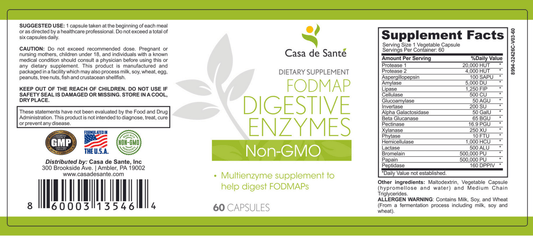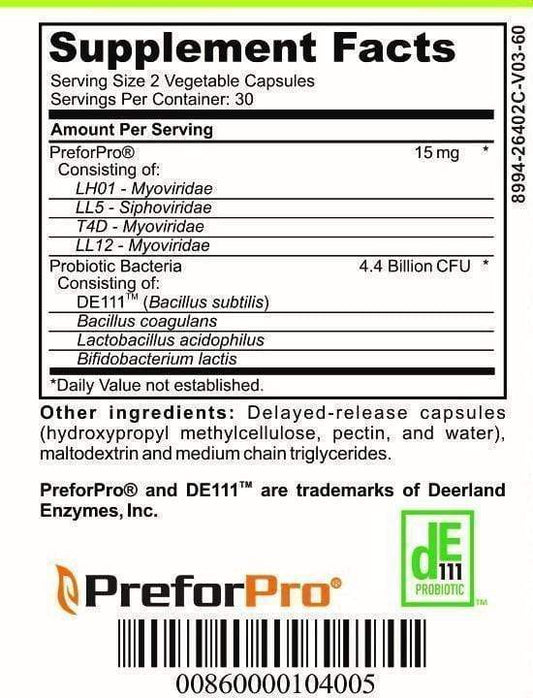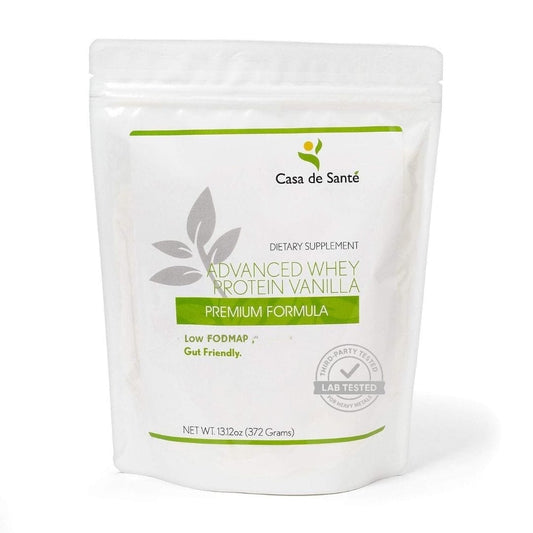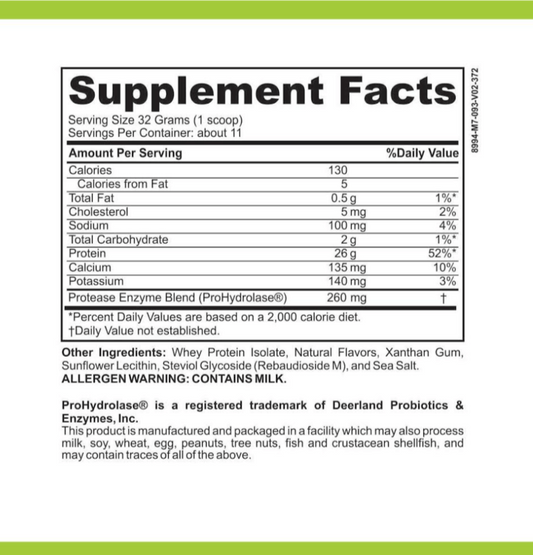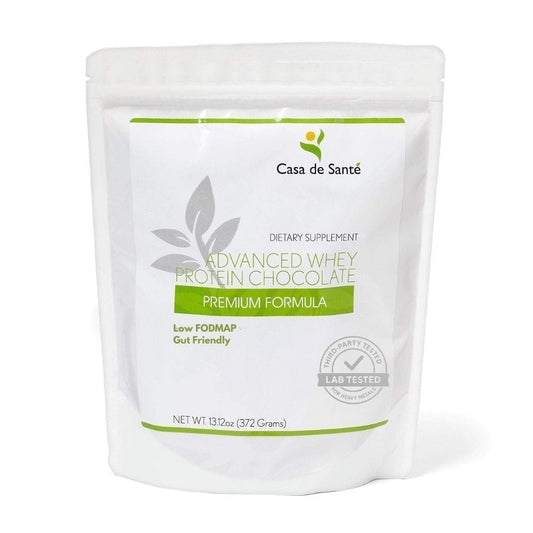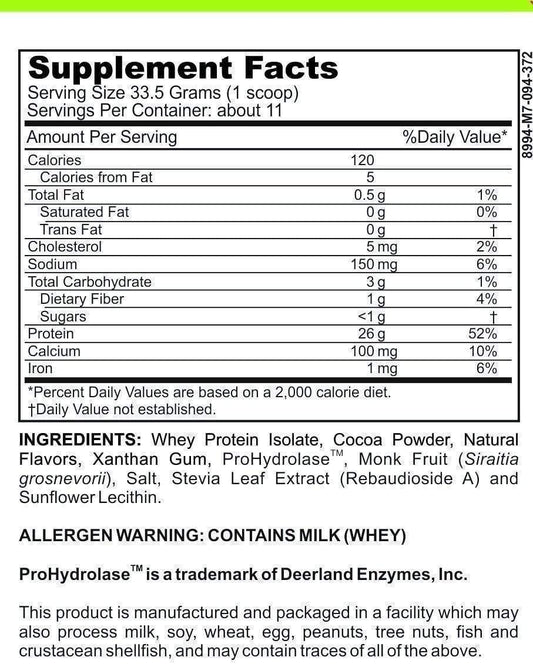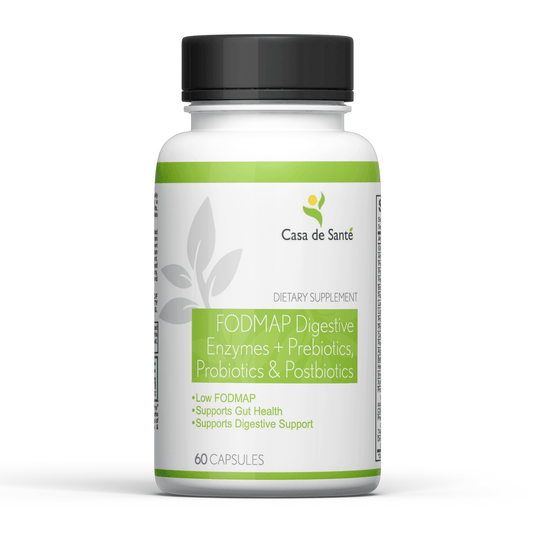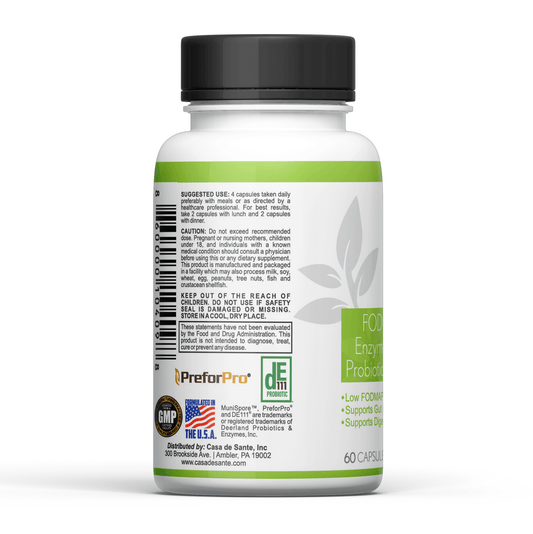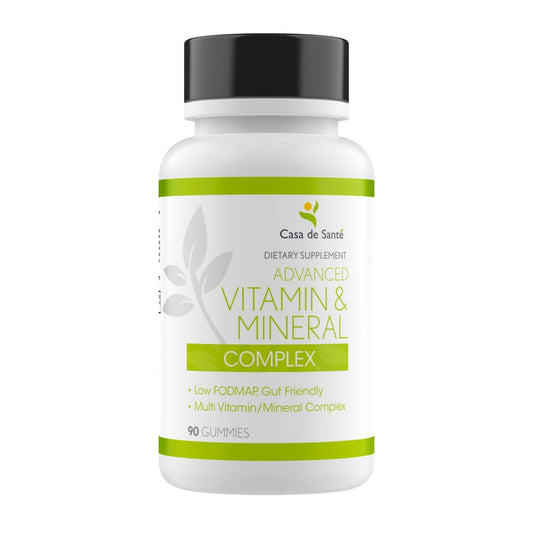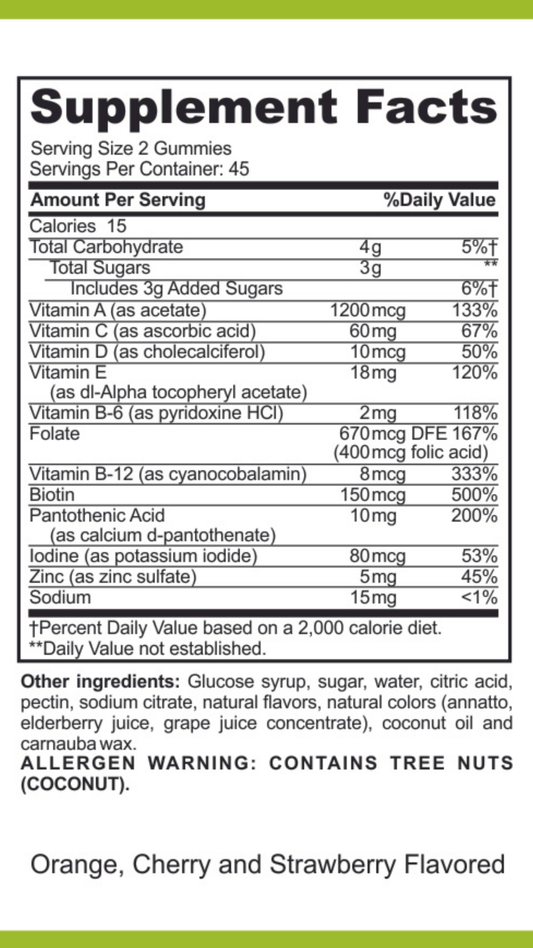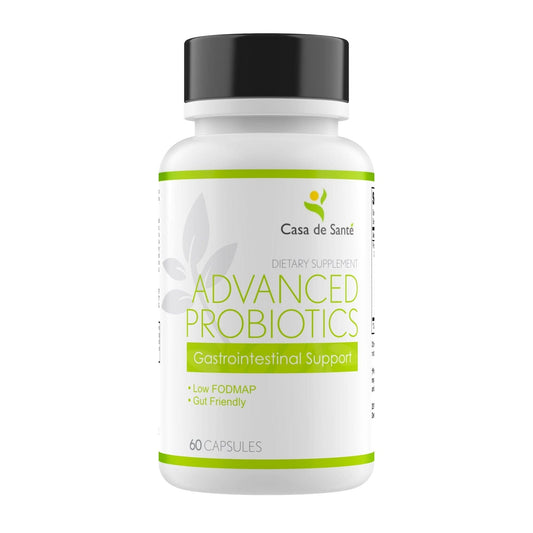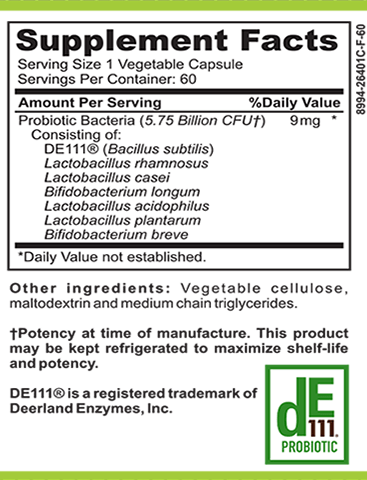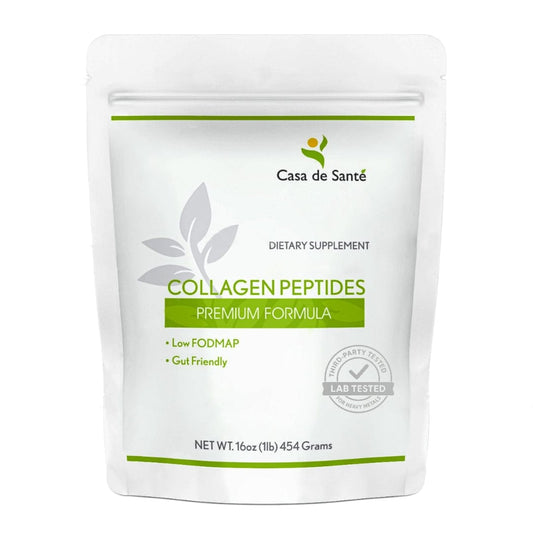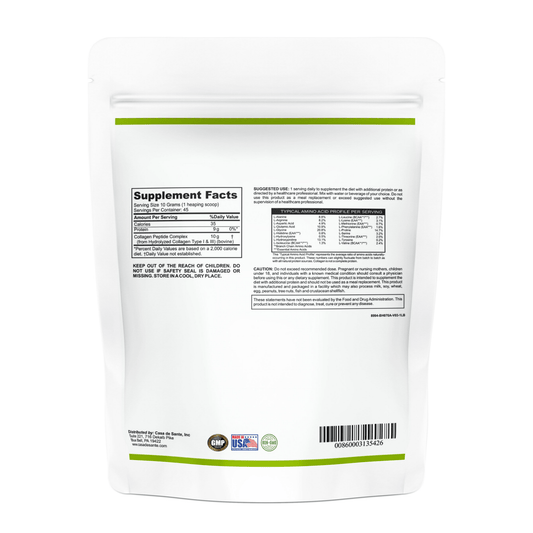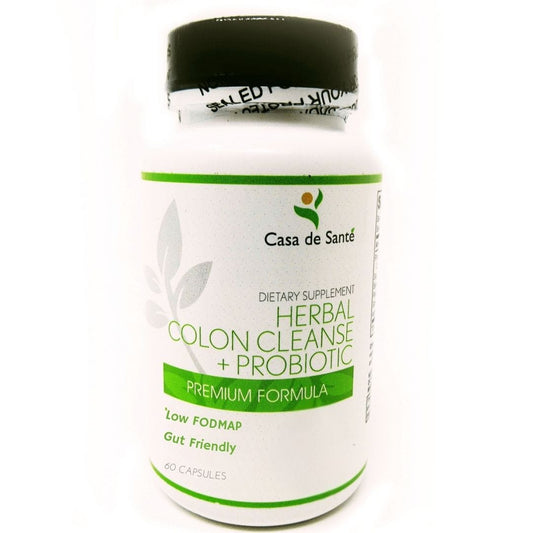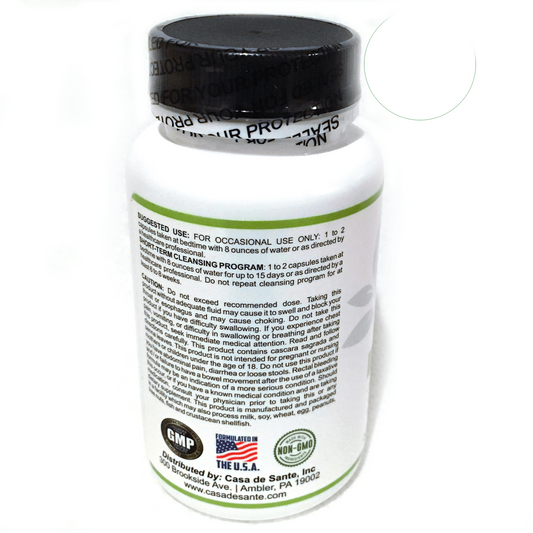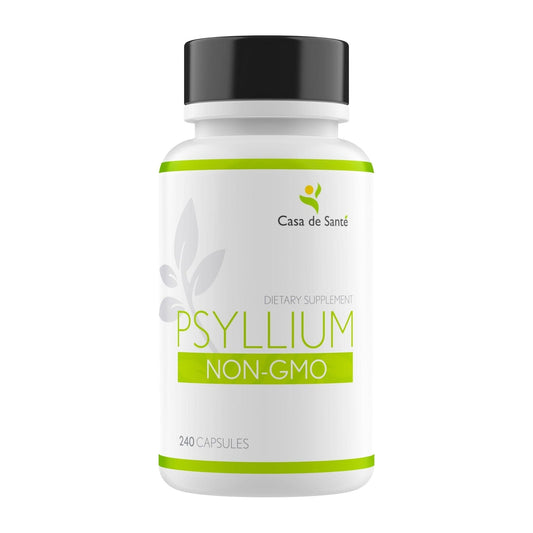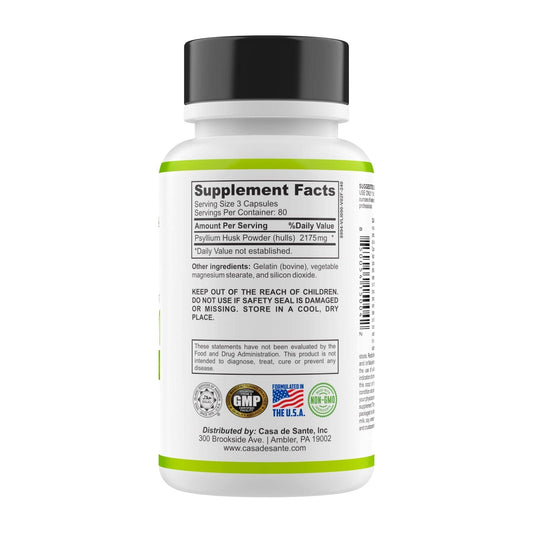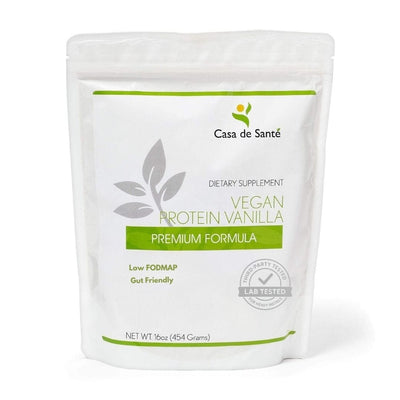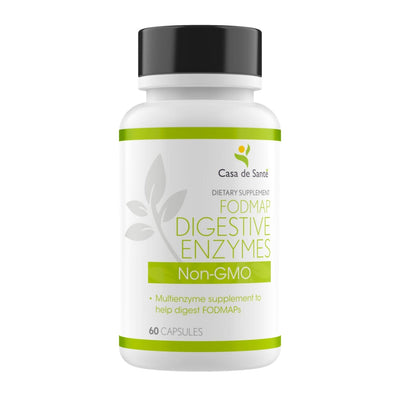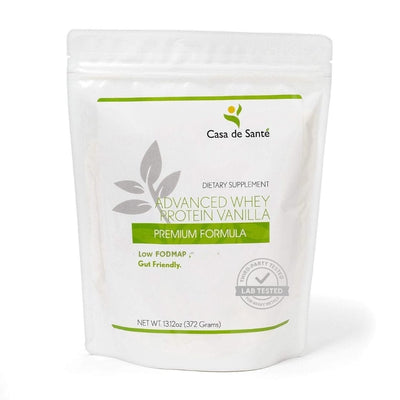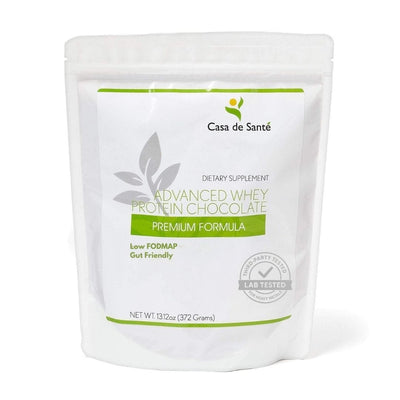Uncovering POTS: 4 “Secret” Symptoms You Need to Know
POTS, or Postural Orthostatic Tachycardia Syndrome, can be a real puzzle for those who experience it. While many are aware of the more common symptoms, there are some lesser-known signs that can also indicate this condition. In this article, we’ll uncover 4 "secret" symptoms of POTS that you might not have heard about before. Understanding these can help you or someone you know get the right diagnosis and treatment.
Key Takeaways
- Heart palpitations can be a common symptom of POTS, often overlooked.
- Brain fog is another sign that can impact daily life, making concentration difficult.
- Gastrointestinal issues like nausea and bloating can also be part of POTS.
- Cold extremities may signal blood flow issues associated with this condition.
- Recognizing these symptoms is crucial for proper diagnosis and treatment.
1. Heart Palpitations
Okay, so heart palpitations. We've all probably felt our heart skip a beat or race a little after a good workout or a scary movie. But with POTS, it's different. It's not just a fleeting thing; it can be a regular, disruptive part of your day. It's more than just feeling your heart beat fast; it's a sensation that can be quite unsettling.
It's like your heart is trying to escape your chest, and it can happen even when you're just sitting there, doing nothing. It's not fun, and it can definitely mess with your ability to concentrate or just relax.
Think of it this way:
- Your heart rate suddenly jumps for no apparent reason.
- You feel a pounding in your chest or neck.
- It might feel like your heart is fluttering or skipping beats.
These palpitations can be triggered by something as simple as standing up, which is a key indicator for PoTS symptoms. It's not just about the speed of your heart, but also the force and irregularity of the beats. It's important to pay attention to these sensations and note when they occur. This information can be really helpful for your doctor in figuring out what's going on. It's also worth noting that sometimes, these palpitations can be accompanied by other symptoms like dizziness or shortness of breath, making the whole experience even more unpleasant. Don't ignore these signals your body is sending you.
2. Brain Fog
Brain fog is probably one of the most frustrating symptoms of POTS. It's like your brain is wading through mud, making it hard to think clearly or remember things. It's not just being a little forgetful; it's a persistent mental cloudiness that can really mess with your day-to-day life.
It can feel like you're constantly struggling to focus, and simple tasks become surprisingly difficult.
Brain fog can manifest in different ways for different people. For some, it's difficulty concentrating. For others, it's trouble finding the right words. And for still others, it's just a general feeling of being mentally exhausted, even after a good night's sleep. It's important to recognize that this isn't just normal fatigue; it's a distinct cognitive impairment that can significantly impact your ability to work, study, or even just enjoy your hobbies. Managing stress if you’re living with tardive dyskinesia stress can help alleviate brain fog.
Living with brain fog can be incredibly isolating. It's hard for others to understand what you're going through when you look perfectly fine on the outside. This can lead to feelings of frustration, anxiety, and even depression. It's important to remember that you're not alone, and there are resources available to help you cope with this challenging symptom.
3. Gastrointestinal Distress

GI issues are super common with POTS, and honestly, they can be some of the most disruptive. It's not just a little tummy ache; we're talking about a whole range of problems that can really mess with your day. Your digestive system can go haywire.
Think about it: your body is already struggling to regulate blood pressure and heart rate, and then you throw digestion into the mix. It's a recipe for disaster. Some people deal with constant nausea, others with bloating that makes them feel like they've swallowed a balloon. And then there's the lovely combo of constipation and diarrhea, sometimes at the same time. Fun times, right?
Here's a quick rundown of what you might experience:
- Nausea that just won't quit
- Bloating, even after small meals
- Unpredictable bowel movements (constipation, diarrhea, or both)
- Abdominal cramping and pain
It's easy to dismiss these symptoms as "just stress" or "something you ate," but if they're happening frequently and alongside other POTS symptoms, it's worth digging deeper. Don't let anyone brush you off!
4. Cold Extremities

Having perpetually cold hands and feet can be more than just a nuisance; it can be a sign of something deeper going on, especially if you're also experiencing other POTS symptoms. I remember one winter where my hands were so cold, they turned almost blue, even indoors. It was incredibly uncomfortable and made everyday tasks, like typing, a real challenge.
Cold extremities in POTS patients often result from poor circulation, as the body struggles to regulate blood flow effectively. This can lead to a noticeable drop in temperature in the hands and feet, making them feel icy to the touch. It's not just about being a little chilly; it's a persistent and often debilitating symptom.
Here's what you might experience:
- Hands and feet that are consistently colder than the rest of your body.
- Discoloration of the skin, such as a bluish or pale tinge.
- Numbness or tingling in the extremities.
- Increased sensitivity to cold temperatures.
Managing cold extremities involves several strategies. Wearing warm socks and gloves, even indoors, can help. Regular, gentle exercise can improve circulation. Avoiding prolonged exposure to cold environments is also important. Some people find relief through warm baths or using heating pads, but it's crucial to avoid extreme temperatures that could cause burns.
It's also worth noting that cooler temperatures can sometimes be easier on the circulatory system. Heat and changes in air pressure can sometimes make symptoms worse. Understanding the triggers can be key to managing symptoms. If you're experiencing persistent cold extremities along with other POTS symptoms, it's important to consult with a healthcare professional for proper diagnosis and management.
Wrapping It Up: Understanding POTS Symptoms
So, there you have it. POTS can be a real challenge, and it’s not just about feeling dizzy or tired. Those hidden symptoms can really mess with your daily life. If you or someone you know is dealing with these issues, it’s important to talk to a doctor. They can help figure out what’s going on and find ways to manage it. Remember, you’re not alone in this. Many people are navigating the same struggles, and there are resources out there to help. Stay informed, stay proactive, and don’t hesitate to seek support.
Frequently Asked Questions
What does POTS stand for?
POTS stands for Postural Orthostatic Tachycardia Syndrome. It's a condition that affects how blood flows in the body.
What are the main symptoms of POTS?
Some common symptoms include heart palpitations, brain fog, stomach problems, and cold hands and feet.
How is POTS diagnosed?
Doctors diagnose POTS by checking your heart rate and blood pressure when you stand up and looking for specific symptoms.
Can POTS be treated?
Yes, there are treatments available that can help manage POTS symptoms, including lifestyle changes and medications.
Is POTS a serious condition?
POTS can be challenging and affect daily life, but with proper care, many people can manage their symptoms effectively.
Who is most likely to get POTS?
POTS can affect anyone, but it is more common in young women and people with certain medical conditions.
